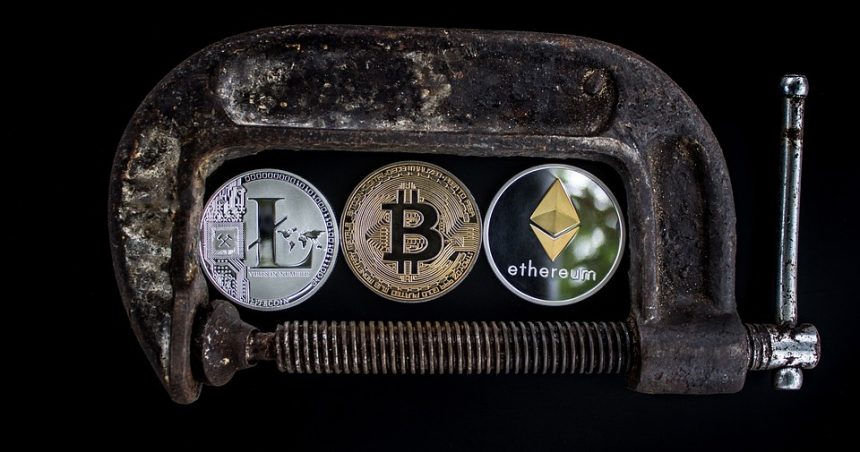The emergence of Decentralized Finance (DeFi) has transformed the financial landscape, offering unprecedented opportunities for individuals and businesses alike. Since its inception, the DeFi movement has aimed to democratize financial services by leveraging blockchain technology, enabling users to engage in transactions without relying on traditional intermediaries. However, the rapid growth of DeFi has also prompted a significant debate surrounding the necessity of regulation versus the imperative to foster innovation. This article delves into the complexities of this ongoing debate, examining the arguments on both sides and the potential implications for the future of finance.
Understanding DeFi: A Brief Overview
Decentralized Finance encompasses a range of financial services that utilize smart contracts on blockchains, predominantly Ethereum. DeFi applications provide services such as lending, borrowing, trading, and earning interest, all without the need for traditional banks or financial institutions. With the promise of accessibility, transparency, and lower costs, DeFi has attracted billions of dollars in investments and captured the attention of both consumers and regulators.
The Case for Regulation
1. Consumer Protection
One of the primary arguments for regulating DeFi is the protection of consumers. The decentralized nature of these platforms can expose users to risks, including scams, hacks, and market volatility. With traditional finance, regulatory bodies impose rules that protect consumers, such as ensuring transparency and safeguarding deposits. Advocates for regulation argue that similar protections should be implemented in DeFi to prevent fraudulent activities and to build trust among users.
2. Financial Stability
Regulators often highlight the potential systemic risks posed by DeFi, particularly given its rapid growth and integration into the broader financial ecosystem. Without proper oversight, the proliferation of unregulated financial products could create vulnerabilities, impacting not just users but also traditional financial systems. Regulation could help mitigate these risks and ensure the overall stability of the financial landscape.
3. Compliance with Anti-Money Laundering (AML) and Know Your Customer (KYC) Standards
DeFi platforms often lack robust mechanisms for enforcing AML and KYC regulations. Critics argue that this deficiency can facilitate illicit activities, including money laundering and terrorist financing. Implementing regulatory frameworks could help create a safer environment by ensuring that users are subject to verification processes, thus reducing the risk of criminal activity.
The Argument for Innovation
1. The Spirit of Decentralization
Proponents of DeFi argue that regulation threatens the core principles that underpin the movement: decentralization, autonomy, and innovation. They contend that regulation could stifle creativity and reduce the potential for new financial products and services to emerge. The creation of overly burdensome regulations could discourage innovators from developing new projects or entering the DeFi space altogether.
2. Innovation Ecosystem
DeFi is still in its infancy, and many believe that innovation should be encouraged, not hindered. By fostering an environment where entrepreneurs and developers can experiment with new ideas, the financial ecosystem can significantly benefit from improved efficiencies and a broader range of services. Supporters of DeFi argue that an overly regulatory approach could limit the potential to innovate and diversify financial products.
3. Self-Regulation and Community Governance
Another argument against heavy regulation is the potential for self-regulation within the DeFi community. Many DeFi projects incorporate elements of decentralized governance, allowing users to collaborate and establish guidelines for their platforms. Proponents of this model argue that the community can effectively manage risk and promote ethical behavior through collective decision-making processes, without the need for external regulatory interference.
Finding Common Ground
The debate between regulation and innovation is not a zero-sum game. Rather than viewing them as opposing forces, stakeholders could explore possibilities for a balanced approach that allows both regulation and innovation to coexist. Potential strategies include:
1. Regulatory Sandboxes
Regulatory sandboxes can offer a compromise where DeFi projects can operate under a controlled environment, allowing regulators to observe innovations while ensuring consumer protection. These sandboxes could enable companies to test their products and receive guidance on compliance, fostering a collaborative approach.
2. Dynamic Regulatory Frameworks
The rapidly evolving nature of DeFi necessitates regulatory frameworks that can adapt to change. Policymakers can work closely with industry leaders to develop responsive regulations that consider the unique characteristics of DeFi and blockchain applications, thus avoiding a one-size-fits-all approach.
3. Educating Stakeholders
Improving financial literacy among users is crucial. Educating users about risks, security measures, and best practices can empower them to engage with DeFi platforms more safely, while also creating an informed dialogue between regulators and the DeFi community.
Conclusion
The debate surrounding regulation versus innovation in DeFi underscores the complexities of navigating the intersection of technology and finance. As this sector continues to grow, it will be essential for stakeholders—regulators, innovators, and consumers—to engage in constructive dialogue, ensuring that the benefits of DeFi can be harnessed while maintaining necessary safeguards. By finding a balance, we can pave the way for a more inclusive, efficient, and resilient financial future that embraces the best of both worlds.





